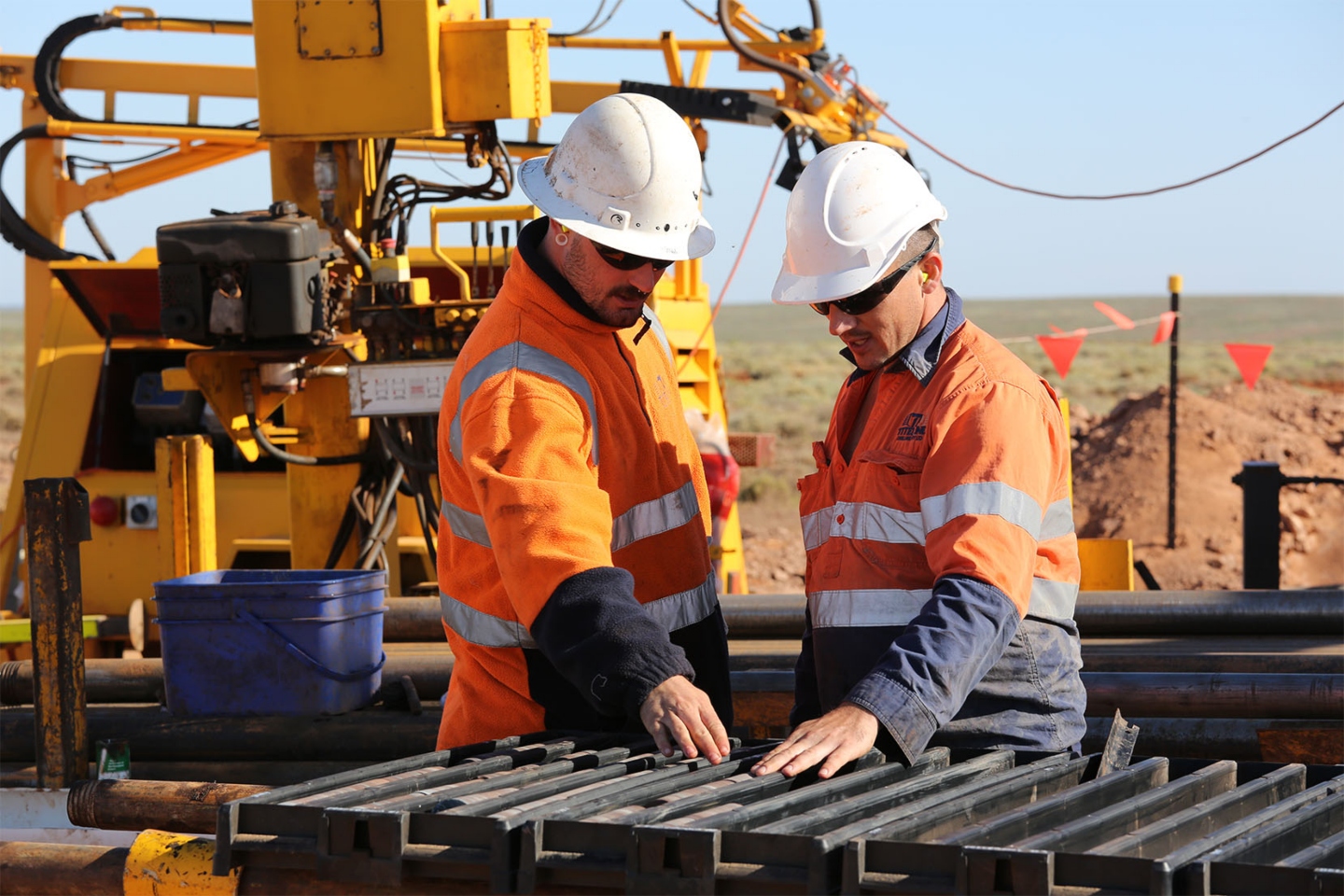Coda Minerals is putting the finishing touches on a scoping study for its Elizabeth Creek copper project in South Australia with final test work currently underway before the report’s expected release in April. The company says it has now completed work to assess all material inputs into the pending study up to the point of production of a copper-cobalt concentrate from a centrally located on-site flotation plant.

Coda Minerals is putting the finishing touches on a scoping study for its Elizabeth Creek copper project in South Australia with final test work currently underway before the report’s expected release in April.
The company says it has now completed work to assess all material inputs into the pending study up to the point of production of a copper-cobalt concentrate from a centrally located on-site flotation plant.
A mine schedule for underground operations at Elizabeth Creek is currently undergoing final optimisation and includes no material changes to mining methods and volumes.
Coda says the work still to be completed relates to the amenability of cobalt to high recoveries and processing to deliver valuable battery grade end products on site.
In November last year the company revealed a positive mining study showing a viable pathway to steady-state production of 2.5 million tonnes per annum at Elizabeth Creek. The mining assessment forms part of a broader scoping study and is centred around underground mining of the project’s cornerstone Emmie Bluff copper-cobalt deposit.
The proposed mining schedule will see Emmie Bluff mined over 17 years whilst also extracting material from two smaller satellite deposits at Windabout and MG14 that will be used as mill feed during the development and ramp-up of the main operation.
The operation’s cornerstone deposit hosts 43 million tonnes at 1.3 per cent copper, 470 parts per million cobalt, 11 grams per tonne silver and 0.15 per cent zinc or 1.84 per cent copper equivalent. In terms of contained metal, it boasts 560,000 tonnes of copper, 20,000 tonnes of cobalt, 15.5 million ounces of silver and 66,000 tonnes of zinc or 800,000 tonnes of copper equivalent.
Coda Minerals Chief Executive Officer, Chris Stevens said: “The completion of the scoping study will mark the culmination of an enormous amount of work on the mining and metallurgy of the Elizabeth Creek Project.”
In July the company received encouraging metallurgical test results showing exceptional recoveries above 99 per cent from a concentrate sample taken at Emmie Bluff. A sample graded at about 12 per cent copper, 0.9 per cent cobalt and 2.5 per cent zinc, subjected to a 72-hour leach test using the Albion Process, returned final extractions of 99.6 per cent copper, 99.4 per cent cobalt and 99.8 per cent zinc.
The Albion Process is an oxygenated leach technology that has a lower capital cost and is relatively easier to operate than conventional pressure oxidisation.
Late last year Coda identified a non-oxidative leaching process called NONOX that selectively leaches certain metals, potentially allowing the production of a highly capital-efficient product mix of battery-grade cobalt sulphate, zinc carbonate in addition to a separate stream of highly enriched copper-silver concentrate. Work by independent consultants into the viability of the NONOX process to Elizabeth Creek material is nearing the final stages. Once completed a downstream option can be selected as its base case for pre-feasibility level study work.
With all the mining processes in place and test work developing rapidly, the market will be keeping a close eye on what Coda can produce with its scoping study for the Elizabeth Creek project.
Is your ASX-listed company doing something interesting? Contact: matt.birney@businessnews.com.au
















